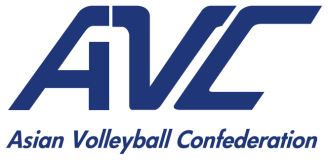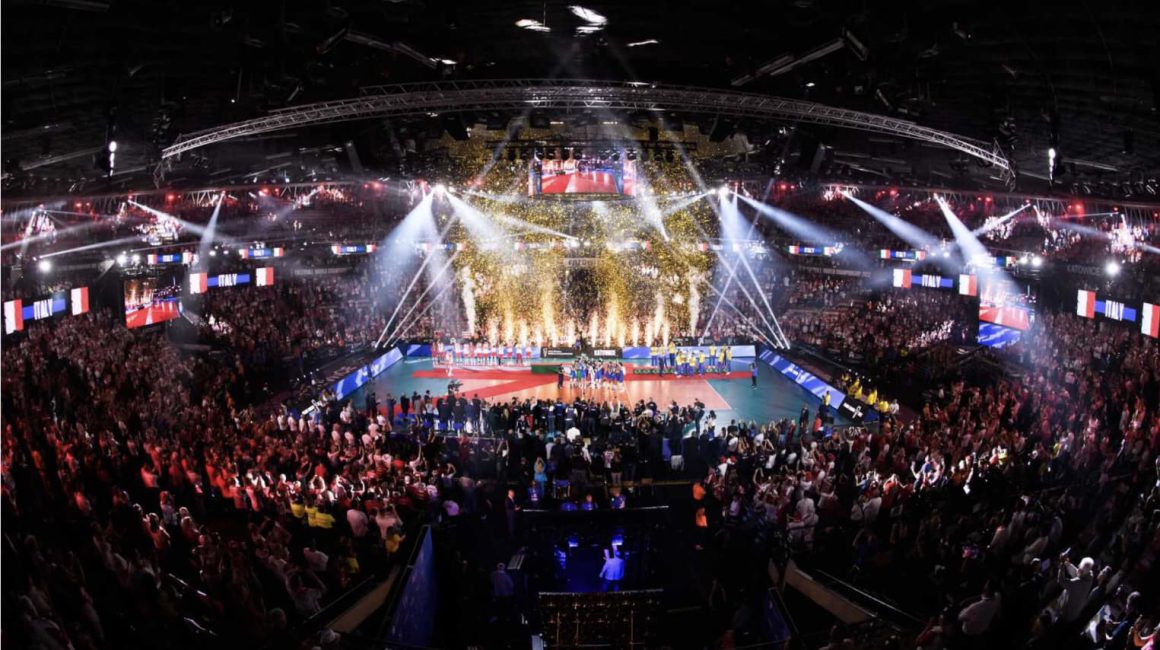A comprehensive Q&A that answers your questions
Q. Why change the World Championships to a biennial format?
We have always been clear on the three key drivers behind changes to the calendar: a less is more approach, the health and wellbeing of the athletes, and showcasing the best of international volleyball to fans.
By moving to a biennial format, our aim is to provide more opportunities for 32 qualified teams per gender around the world to take part in global volleyball events and compete on the world stage. In addition, we believe that this will create greater visibility for both the national teams and the sport of volleyball, as well as greater opportunities for fans to engage with the sport.
Moreover, the calendar has been streamlined with the removal of other events at the world and continental levels, including the World Cup, Olympic Qualification Tournaments and Continental Qualification Tournaments. By reducing the number of major events, we aim to strike a balance between maintaining the excitement and competitive nature of the sport while ensuring that athletes have sufficient time for rest, recovery and training. More details on the specific dates will be provided once the working group has concluded its work defining the specific dates of the international calendar. Our focus is to create a calendar that not only offers thrilling competitions, but also supports the long-term well-being and performance of our valued athletes by allowing them to truly focus on the top competitions and substantially reducing the amount of international travel during the season.
Q. How will this change impact the qualification system for LA28?
Subject to approval from the International Olympic Committee, the new volleyball calendar principles will also streamline the qualification process for the Olympic Games Los Angeles 2028. The host nation (USA) will join the five Champions of the Continental Championships in 2026, the top three teams of the World Championships 2027 not yet qualified, and the three highest-ranked teams not yet qualified according to the World Ranking taken after the preliminary phase of the VNL 2028.
Q. How is the health and wellbeing of the athletes prioritised with this biennial format?
We have done this by reducing the overall number of competitions and simplifying the formats of elite volleyball events to alleviate the strain on the athletes and provide them with more time for recovery and preparation. In this way, the FIVB is trimming the calendar to focus more on the major international competitions.
Ensuring that our athletes have sufficient time to rest, recover and prepare between events is our priority. As such, the working group created to determine the specific dates of the FIVB Volleyball Calendar 2025-2028, will be focused on building in sufficient time between key national team competitions and the National League season to allow rest, recuperation and preparation. This strategic approach will further support the health and wellbeing of the athletes.
The current Olympic cycle calendar was already optimised in terms of the key number of volleyball events by eliminating the Grand Champions Cup and integrating the World Cup as part of a single Olympic Qualifying Tournament. For the next Olympic cycle, we have now also eliminated the Olympic Qualification Tournaments and will use the World and Continental Championships as a qualification pathway for the Olympic Games.
Additionally, we have condensed the format of the World Championship, which will now only be 17 days long in comparison with 23 days in 2022 for the Women’s World Championship. Teams will now play a maximum of seven matches, significantly fewer than in previous editions. This is a 26% decrease in matches from previous World Championships on average and, ultimately, will allow for additional recovery and preparation time for athletes during the tournament.
Finally, starting from Paris 2024, the Olympic format will see teams play 3 matches during the preliminary phase, and only 3 additional matches should a team progress all the way to the gold medal match.
Q. Were players consulted before proposing the Calendar 2025-2028 strategy?
Absolutely. The FIVB Athletes’ Commission was, and continues to be, extensively involved in the strategic definition of the calendar. FIVB Athletes’ Commission President and Board of Administration member Madelein Meppelink will also play an active role as a member of the working group that will determine the specific dates of the FIVB Volleyball Calendar 2025-2028. The athlete voice remains a fundamental component in the calendar’s development and implementation.
Q. How will this compare with the current calendar in terms of rest breaks for athletes?
The working group responsible for developing the exact dates of the Volleyball Calendar 2025-2028 is fully committed to building in sufficient time for rest and preparation after the national/continental league season and between national team events for athletes when determining the specific dates.
It is important to highlight that this new, streamlined calendar will feature only two major events per year, with the exception of the Olympic year. This adjustment will ensure athletes have the necessary time to recover and prepare adequately for major events.
Moreover, according to internal research conducted while studying the calendar proposals, it was identified that only 11% of female and 1.7% of male athletes participating in the VNL 2023 had less than 18 days before the last club match and first day of the VNL with over 65% female and 77% male athletes having over 31 days between the two.
Q. When can we expect the FIVB Volleyball Calendar 2025-2028 specific dates to be released?
We anticipate that specific dates for the FIVB Volleyball Calendar 2025-2028 will be determined by the end of 2023. All updates will be communicated via official channels on FIVB.com.
Q. How will hosting the World Championship biennially improve the event?
Hosting the World Championship biennially brings numerous benefits and enhances the value of the event for all stakeholders.
In today’s fast-paced media landscape, staging the World Championship every two years allows for the creation of compelling and enduring sporting narratives, providing amazing opportunities to engage fans and generate visibility for the host city/cities.
For athletes, the chance to compete against the best teams in the world is always highly valued. By hosting the World Championship biennially, we ensure that athletes do not have to wait four years between each tournament, which has already been warmly welcomed by many in the volleyball community. The expansion of the World Championship format to 32 teams also adds value to the event, providing the opportunity for even more teams to play on the biggest stage in world volleyball.
Additionally, it creates an easy-to-follow storyline in elite volleyball, in which the Continental Championships is a qualifying pathway for the World Championships, which in turn, in the third year of an Olympic cycle, qualifies teams for the Olympic Games.
Finally, it allows the FIVB to expand the reach of the World Championships by hosting the event in markets that previously have not been able to host the event. In turn, this allows the FIVB to deliver high quality volleyball to our passionate fans around the world.
QUICK LINKS
AVC Website: click www.asianvolleyball.net
AVC Facebook: click www.Facebook.com/AsianVolleyballConfederation
AVC Twitter: click: www.twitter.com/AsianVolleyball
AVC Instagram: click: https://www.instagram.com/avcvolley/?hl=en
AVC Youtube: click: Asian Volleyball Confederation
AVC WeChat: Asian Volleyball Confederation


Leave a Reply
You must be logged in to post a comment.